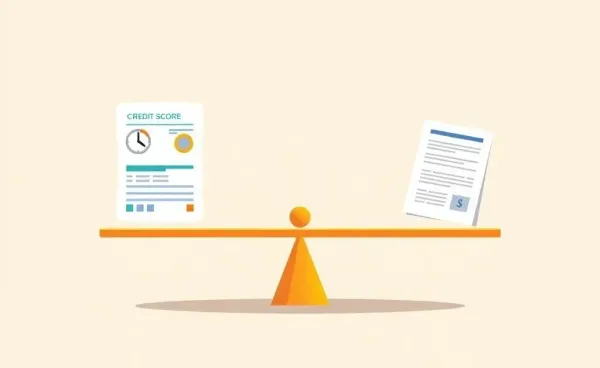Navigating the Intricacies of Mixed Signals: Building Stronger Friendships
Discover how to handle mixed signals in friendships with grace and clarity.

Have you ever found yourself getting mixed signals from a friend, leaving you puzzled and unsure about the next steps? It’s like trying to solve a riddle when all you wanted was a straightforward answer. Navigating friendships can be as complex as deciphering ancient hieroglyphics, but fear not! In this blog post, we’ll explore practical steps to understand and handle these signals with clarity and grace.
Understanding the Signals
When it comes to friendships, communication is key. However, the lines can often blur between being friendly and something more. So, what can you do when you find yourself wondering about the nature of your friendship?
1. Tune In to Their Actions
In relationships of all kinds, actions speak louder than words. If your friend’s behavior seems inconsistent with what they say, you're not alone. Many people experience this! Keep an eye on patterns in their behavior:
- Do they make an effort to spend time with you?
- Are they available when you need support?
- Do they engage in deep or meaningful conversations?
These observations can provide a clearer view of what the relationship means to them.
Relatable Anecdote: The Misread Hug
I once had a friend, let’s call him Alex, who always ended our hangouts with the warmest hugs. One day, as I leaned in for what I thought was a typical goodbye hug, he unexpectedly initiated a quiet, somber chat instead. It caught me off guard! It turns out, he had some personal concerns and was unsure how to bring them up. This experience taught me that sometimes what seems like a mixed signal can just be a misunderstanding or a cry for help in disguise.
Communicate Openly
If there’s one piece of advice that stands the test of time, it’s this: be open and have a conversation. Here’s how you can approach it:
2. Choose the Right Moment
Select a time when both of you are relaxed and not distracted. Effective communication often happens when there’s minimal stress and distractions.
3. Be Honest and Kind
Express how you have been feeling without placing blame. Use ‘I’ statements to convey your feelings gently, such as, “I’ve been feeling a bit unsure about our friendship and wanted to understand your perspective.”
Finding Balance
As you explore these conversations, remember that every relationship is unique. It’s about finding a balance that works for both individuals involved. Listening and understanding are just as important as expressing your own feelings. If both parties are willing, these moments can lead to a stronger, more transparent bond.
Have you faced similar situations in your friendships? How did you navigate through the mixed signals? Feel free to share your experiences in the comments below!




